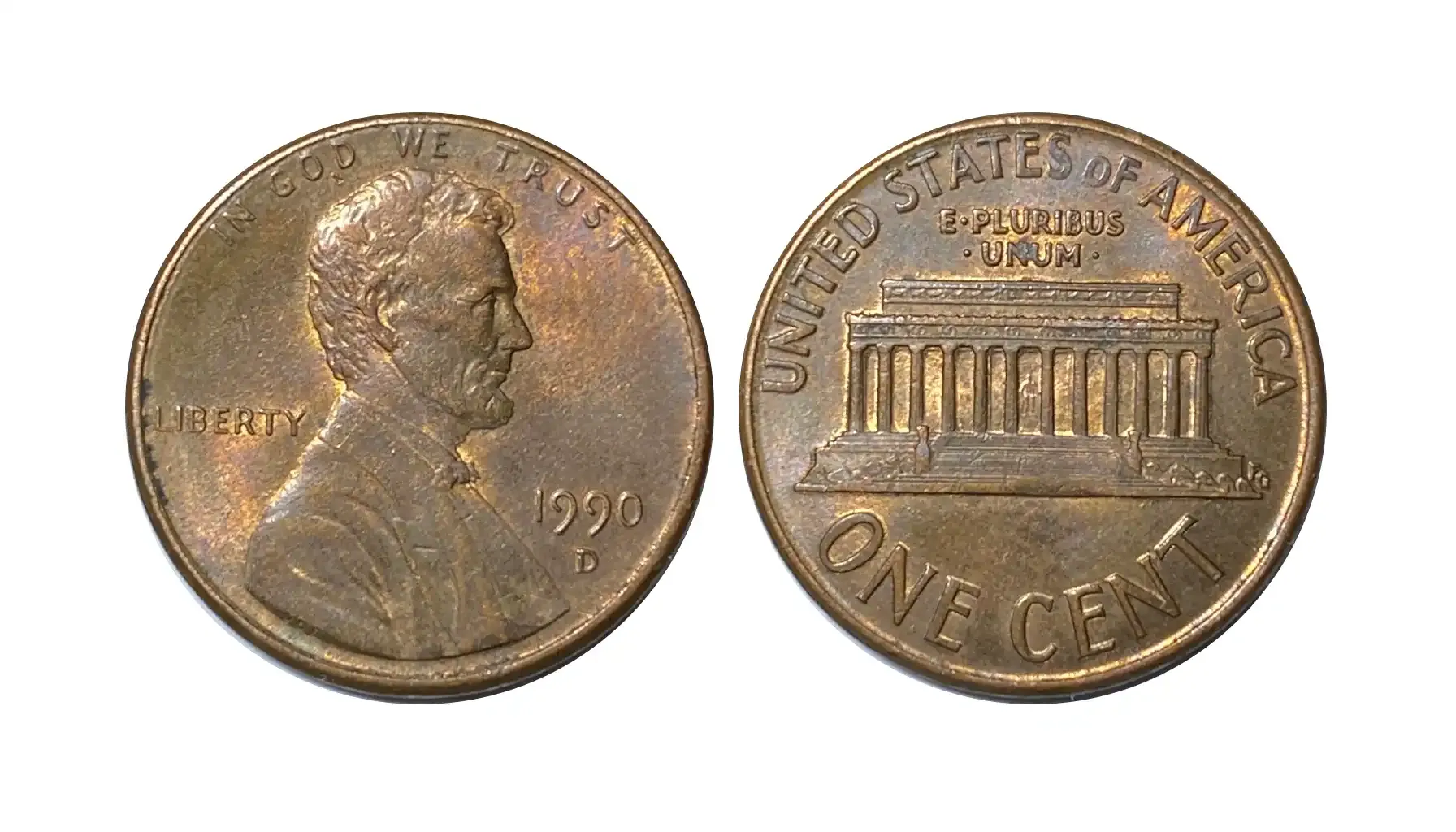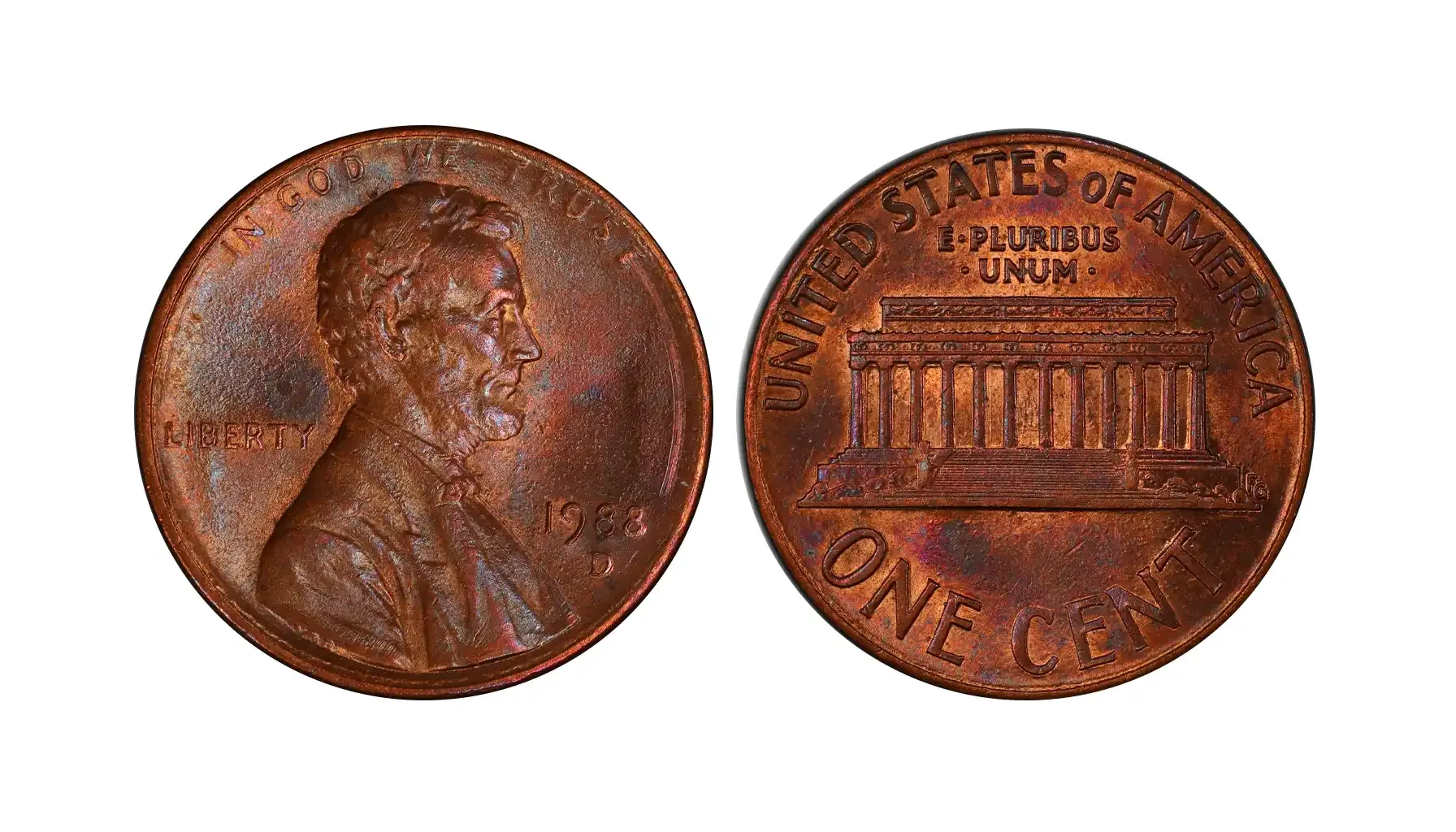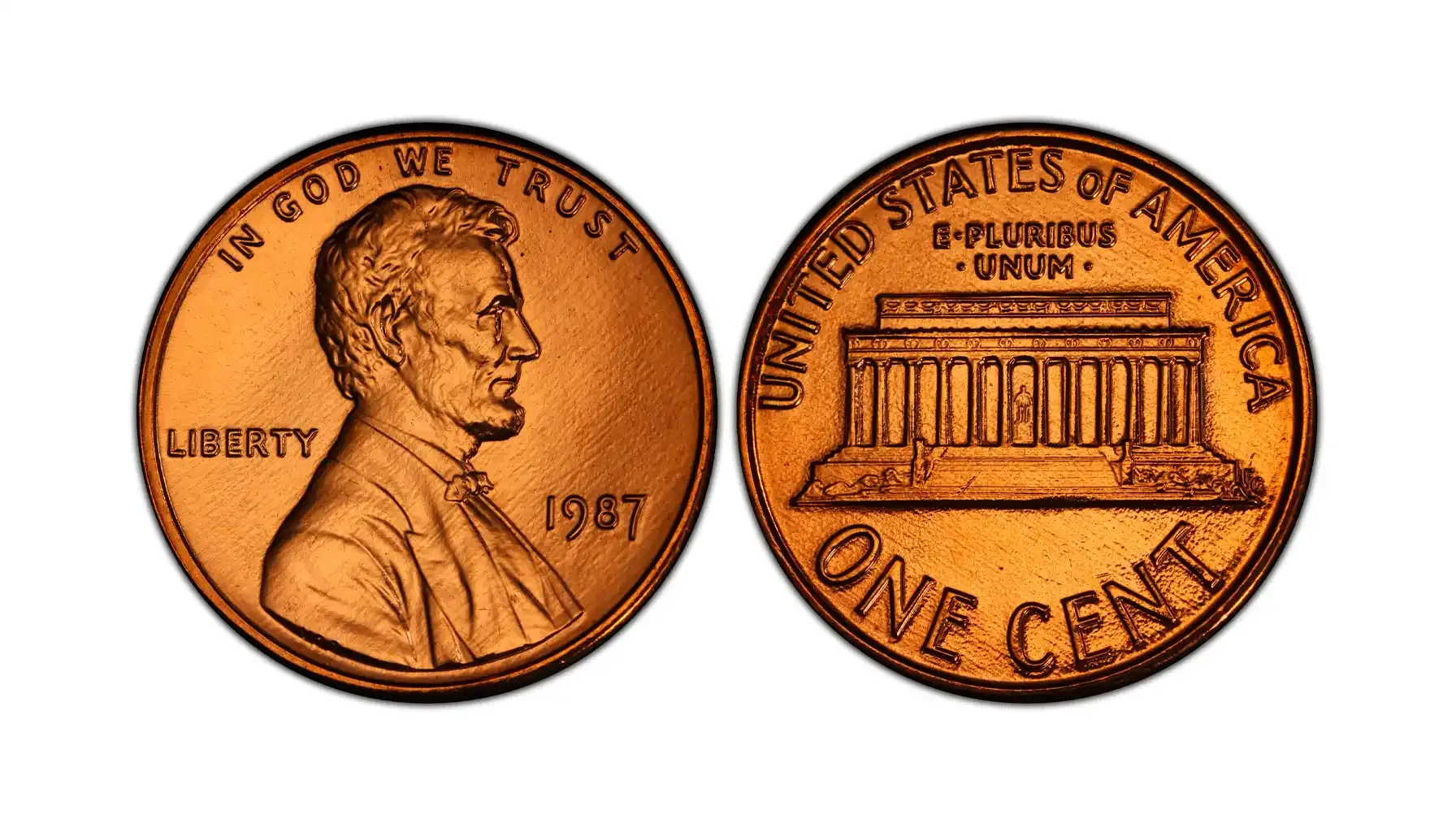Contents:
A dime is a U.S. coin with a face value of one tenth of a dollar, or 10 cents. It is the smallest U.S. coin in size, but it has a very rich history. Many collectors seek to know who is on the dime before 1946 and earlier.
Read more about your coin collection items via online coin identifier.
Early Dimes: Draped Bust and Capped Bust (1796-1837)
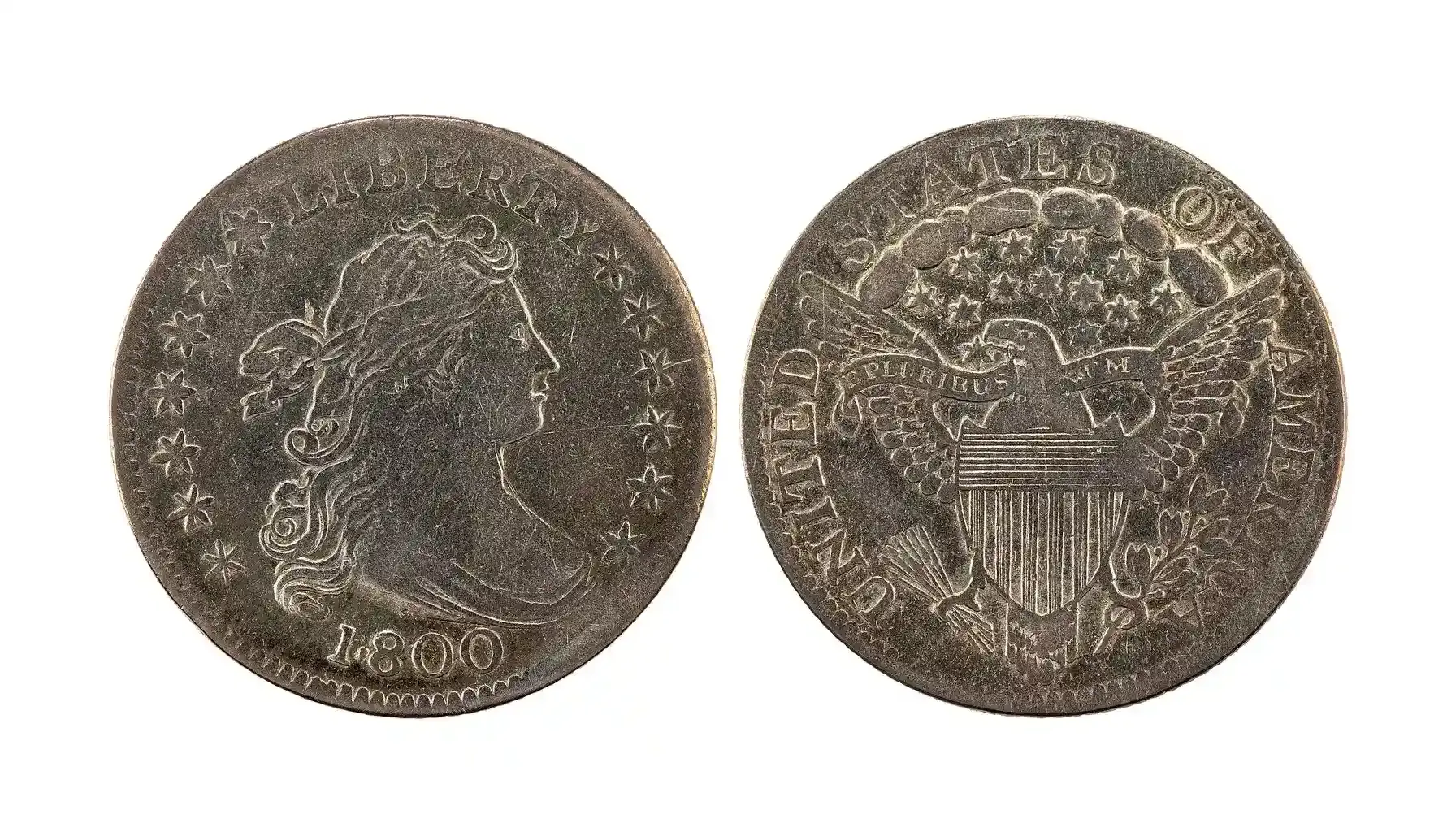
These early dimes appeared shortly after the establishment of the U.S. Mint in 1792. Coin issuance was a new and vital function for the young nation, designed to provide a stable currency to replace the various foreign coins circulating at the time. The design was inspired by classical art, reflecting the ideals of the New Republic.
Who is on the dime coin? It is important to understand that these are not portraits of real people. Instead, they are allegorical representations of Freedom.
Draped Bust (1796-1807)
This design depicts a woman with her hair down, her bust draped in cloth. It is designed to embody the concept of Freedom — free, graceful, and unbridled. The designer, Robert Scott, probably drew inspiration from the popular European artistic traditions of the time.
Capped Bust (1809-1837)
The man who is on the dime is Freedom in the "Phrygian cap", a soft conical headdress historically associated with freedom in ancient Greece and Rome, often worn by freed slaves. This deliberate choice emphasized the idea of a nation built on freedom and liberation.
Interesting Note: If you ask who is on the dime Eisenhower, you're actually confusing the dime with the larger dollar coin, where Eisenhower was on the 1972 dollar.
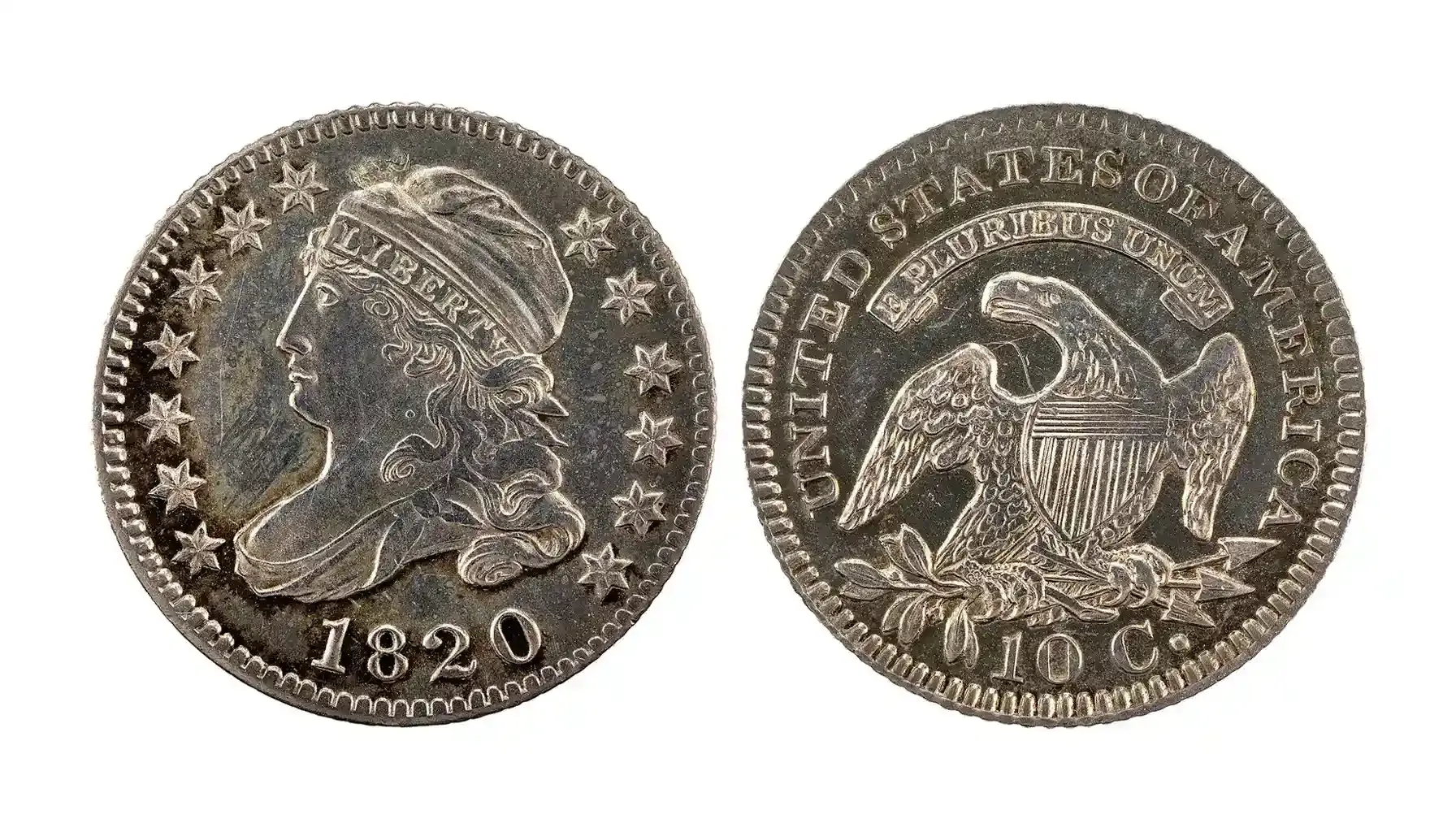
Hidden Symbols and Meanings
Freedom as an Ideal: The same picture of Liberty on these old coins showed how important freedom, people's rights, and being separate from kings were for the new country. She was like the spirit of America.
Eagle (Reverse): There was almost always an eagle on the reverse side.
Small Eagle (1796): The very first dimes had a small, somewhat skinny eagle, which was soon replaced.
Heraldic Eagle (1797-1837): This more robust eagle is depicted with a shield on its chest, arrows in one paw (symbolizing strength in war) and an olive branch in the other (symbolizing peace). This combination symbolized the nation's ability to defend itself while preferring peace. The stars above the eagle represented a growing number of states.
"UNITED STATES OF AMERICA": This inscription, along with the face value, firmly established the coin as the legal tender of the new nation, helping to strengthen its identity on the world stage.
"E PLURIBUS UNUM": This motto ("One out of many") is inclusion emphasized the theme of national unity, especially relevant during and after the Civil War.
Seated Liberty Dime (1837-1891)
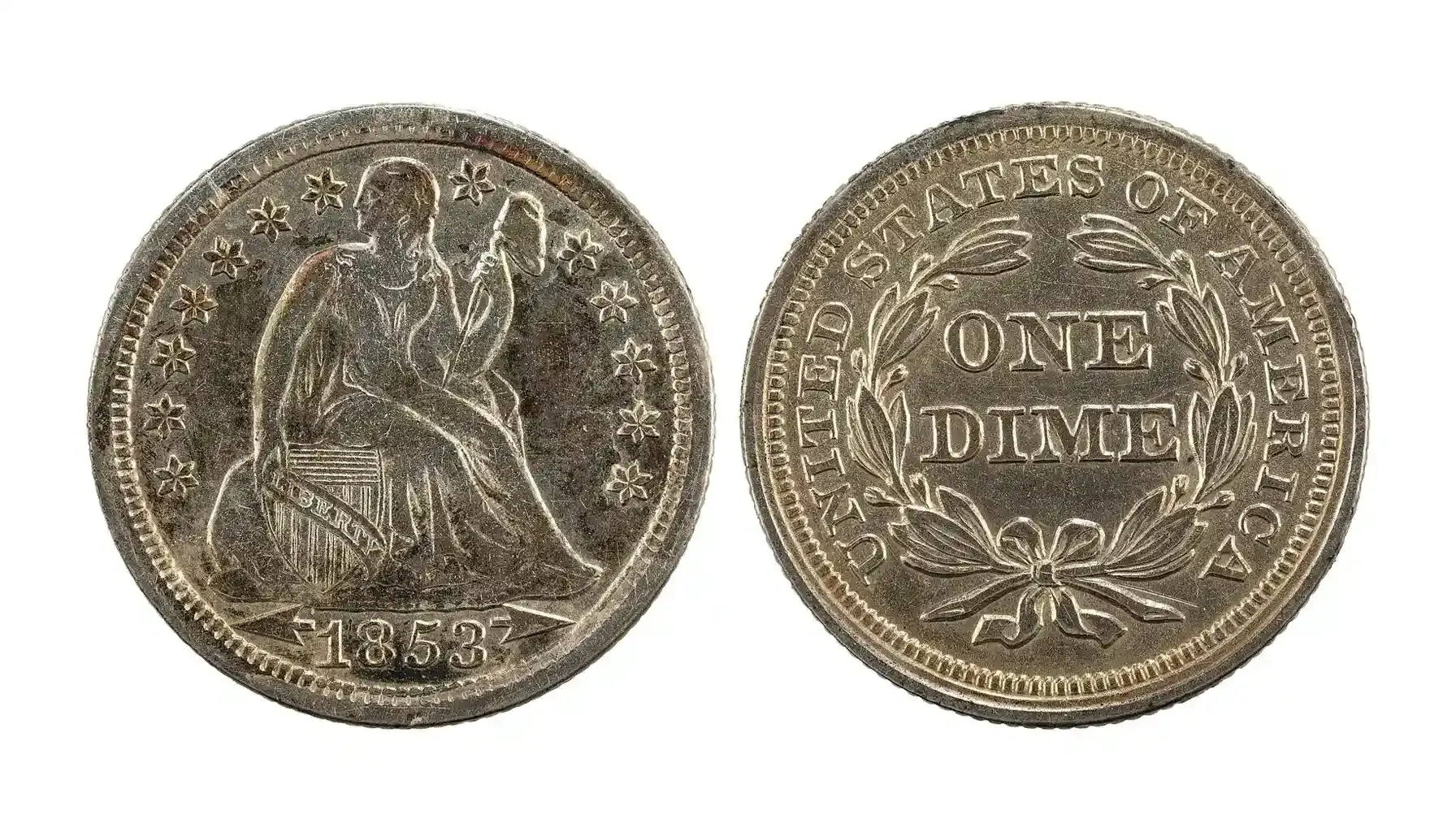
This design, created by Christian Gobrecht, has become one of the longest-lived series in U.S. coin history, used on dimes, quarters, half dollars, and silver dollars.
It has been in use for a long time, and it shows how the country has grown, survived a major war, and built more factories. Having the same design for all coins has helped improve the functioning of the country's currency system.
Who is on the dime? She holds a shield with the inscription "LIBERTY" and a pole topped with a Phrygian cap. The specific person who is on the dime is Freedom, now represented in a sitting position.
Hidden Symbols and Meanings
Sitting Posture: A sitting posture implies stability, consistency, and a settled position. Unlike the more dynamic earlier busts, this Freedom presupposes a nation that has found its footing and is determined.
Union Shield: The shield represents the protection of the Union and its principles. The stars and stripes on the shield echo the American flag.
Phrygian Cap on a Pole: This symbol, as before, means freedom. Placing it on a pole implies the support and affirmation of freedom by the nation.
Reverse: The reverse has a wreath pattern that frames the “ONE DIME” inscription. The wreath, usually consisting of corn, wheat, and cotton, symbolized the agricultural wealth and economic power of a developing nation.
Barber Dime (1892-1916)
This dime, designed by Charles E. Barber, chief engraver of the U.S. Mint, was part of a complete redesign of American silver coins in the late 19th century. This period was characterized by rapid industrialization, urban growth, and America's establishment as a global power. The previous Sitting Freedom design was considered outdated by some.
Who face is on the dime? She wears a laurel wreath and a small cap or tiara with the inscription "LIBERTY". If you're wondering who is the guy on the dime, it's a head of Freedom, presented in a more classical, Roman style.
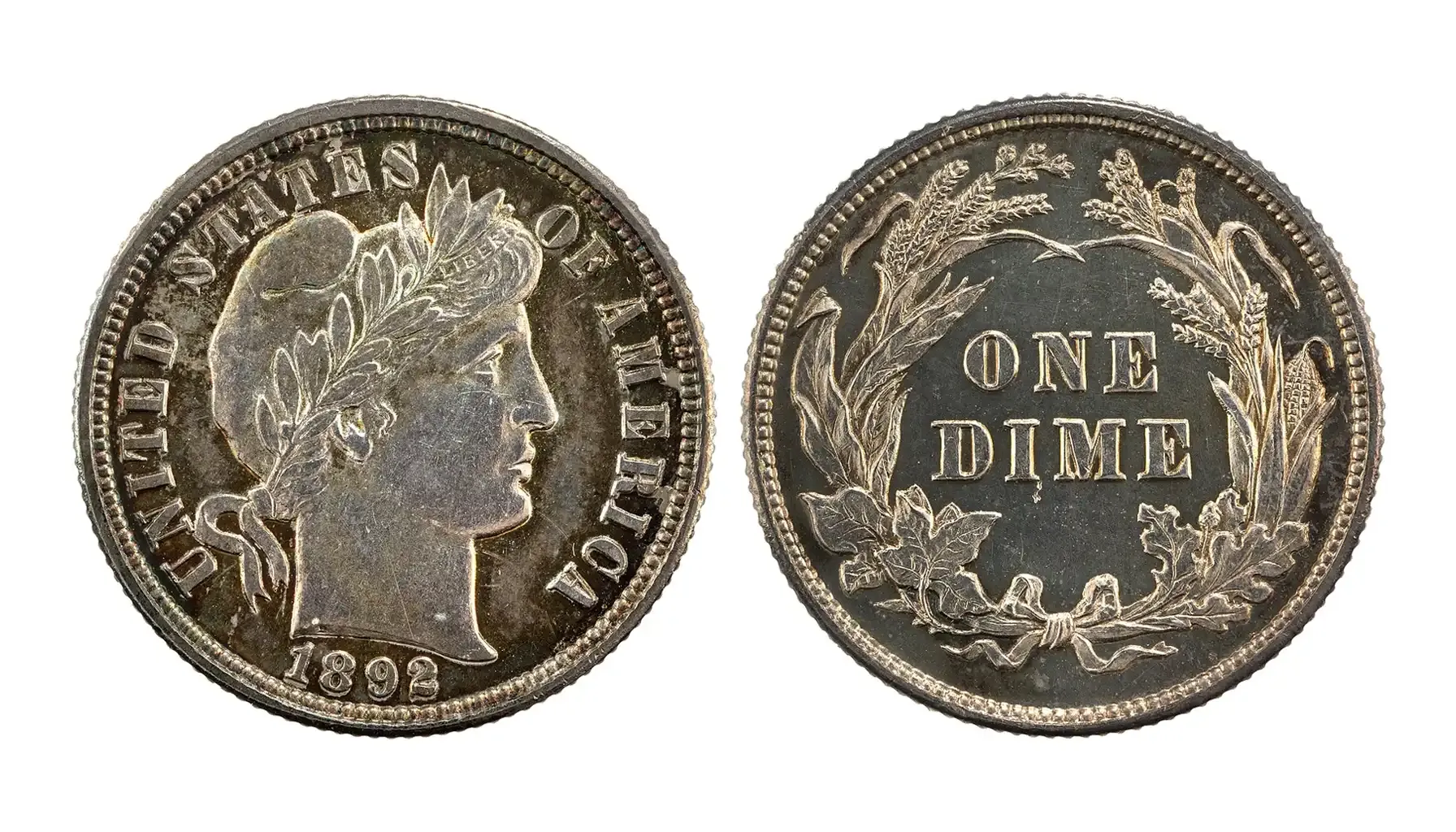
Hidden Symbols and Meanings
Classical Influence: The design reflects a preference for classical art, popular at the time, aiming for a look of sophistication and dignity. The laurel wreath symbolizes honor, victory, and civic achievements.
Simplicity and Clarity: Compared to earlier designs, Barber Dime is often perceived as simpler, with an emphasis on the profile of Freedom. This simplicity can be interpreted as a reflection of a more established and confident nation, less dependent on overt symbolic frills.
Wreath (Reverse): A large wreath consisting of corn, wheat, and cotton is clearly visible on the reverse, which again emphasizes agricultural prosperity. It also includes elements such as oak leaves and branches, symbolizing strength and longevity.
"ONE DIME": A clear indication of the denomination helped to avoid confusion and made the coin easily recognizable for everyday transactions.
Winged Liberty Head "Mercury" Dime (1916-1945)
Researching who is on the dime before Roosevelt reveals the Winged Liberty Head, often called the Mercury dime This coin, designed by Adolph A.Weinman, appeared during World War I and was used throughout the Roaring Twenties, the Great Depression, and World War II.Its appearance coincided with America's growing role on the world stage.
Who is on the American dime? This is definitely Freedom, not the Roman god Mercury, despite the popular nickname. The confusion arises from the fact that Freedom is depicted in a Phrygian cap with wings.
Designer's Intention: Weinman conceived the wings as a symbol of "freedom of thought," symbolizing the new ideals and progressive spirit of the era. He wanted to move away from the traditional, static images of Freedom.
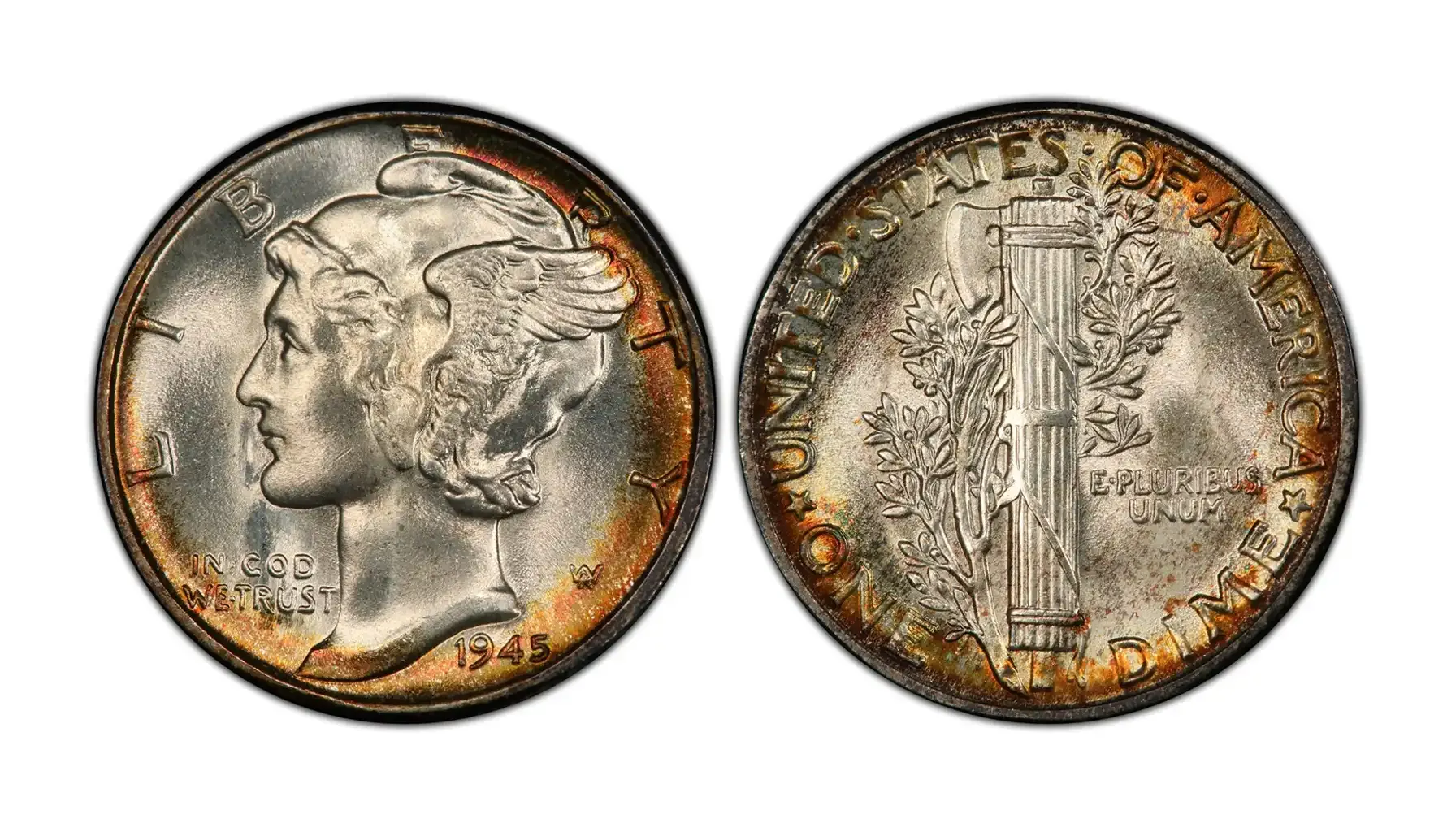
Life Hack: Just scan your numismatic items and the Coin ID Scanner app will tell you all the details right away. You don't need to look for an expert and consult with them to know more interesting facts about your coin collection.
Hidden Symbols and Meanings
"Freedom of Thought" (Wings): This is the deepest hidden meaning in Mercury Dime History. In a world increasingly mired in conflict (World War I), the emphasis on intellectual freedom and the power of ideas was a powerful message. This suggested that true freedom was not only physical, but also mental.
Fasces (Reverse): This is perhaps the most intriguing symbol on the coin. A fasces is a bundle of rods tied around an axe with straps, an ancient Roman symbol of power and unity.
Historical Usage: In ancient Rome, it was carried by lictors before magistrates, symbolizing their authority. He represented strength through unity – individual rods are weak, but together they are strong. The axe inside symbolized the magistrate's power over life and death.
The American Context: Fasquez primarily symbolizes national unity and readiness. It means that the strength of a nation stems from its individual states (rods) connected together. It is important to note that the axe is not explicitly displayed or emphasized in a threatening manner; rather, the emphasis is on the cohesion of the bundle.
Olive Branch (Reverse): The olive branch is an eternal symbol of peace. This combination of strength/unity for war along with the desire for peace (olive branch) reflects America's position in a turbulent global era.
Roosevelt Dime (1946-Present)
The question " who is the president on the dime worth " usually refers to Franklin D. Roosevelt and the coin's face value of 10 cents. The president who is on the dime honored for his leadership.in April 1945. Its quick making was a very special way to honor the president at that time. He guided the country through a very hard economic period and most of the Second World War. This coin design is still used today and has been around longer than any other U.S. coin.
Who is on the dime president? This is the first dime to depict a specific, recognizable historical figure: Franklin Delano Roosevelt, the 32nd President of the United States. His profile faces to the left, which is a common artistic tradition for presidential portraits.
Hidden Symbols and Meanings
A Tribute to Leadership and Resilience: The image of Roosevelt honors his tremendous impact on American life. He was a symbol of hope and strength during the nation's two greatest crises. The coin serves as a constant reminder of his leadership.
Dime March Connection: Franklin D. Roosevelt who is on the front of a dime has been a prominent figure since 1946. A key reason for choosing him for Dime was his close association with the Dime March. This organization, which he founded, called on Americans to send dimes to help in the fight against polio, the disease that left him paralyzed.
"IN GOD WE TRUST": Despite the fact that the inscription was already on many coins, in 1907, the President ordered it to be removed from some new gold coins, considering it vulgar to mix the name of God with money. However, this caused a strong public outcry. As a result, in 1908, Congress passed a law that required "IN GOD WE TRUST" to be placed on all gold and silver coins.
Torch (Reverse): The central element on the reverse is a flaming torch, a universal symbol of freedom, enlightenment, and knowledge. It presupposes the spread of democratic ideals and the light of freedom.
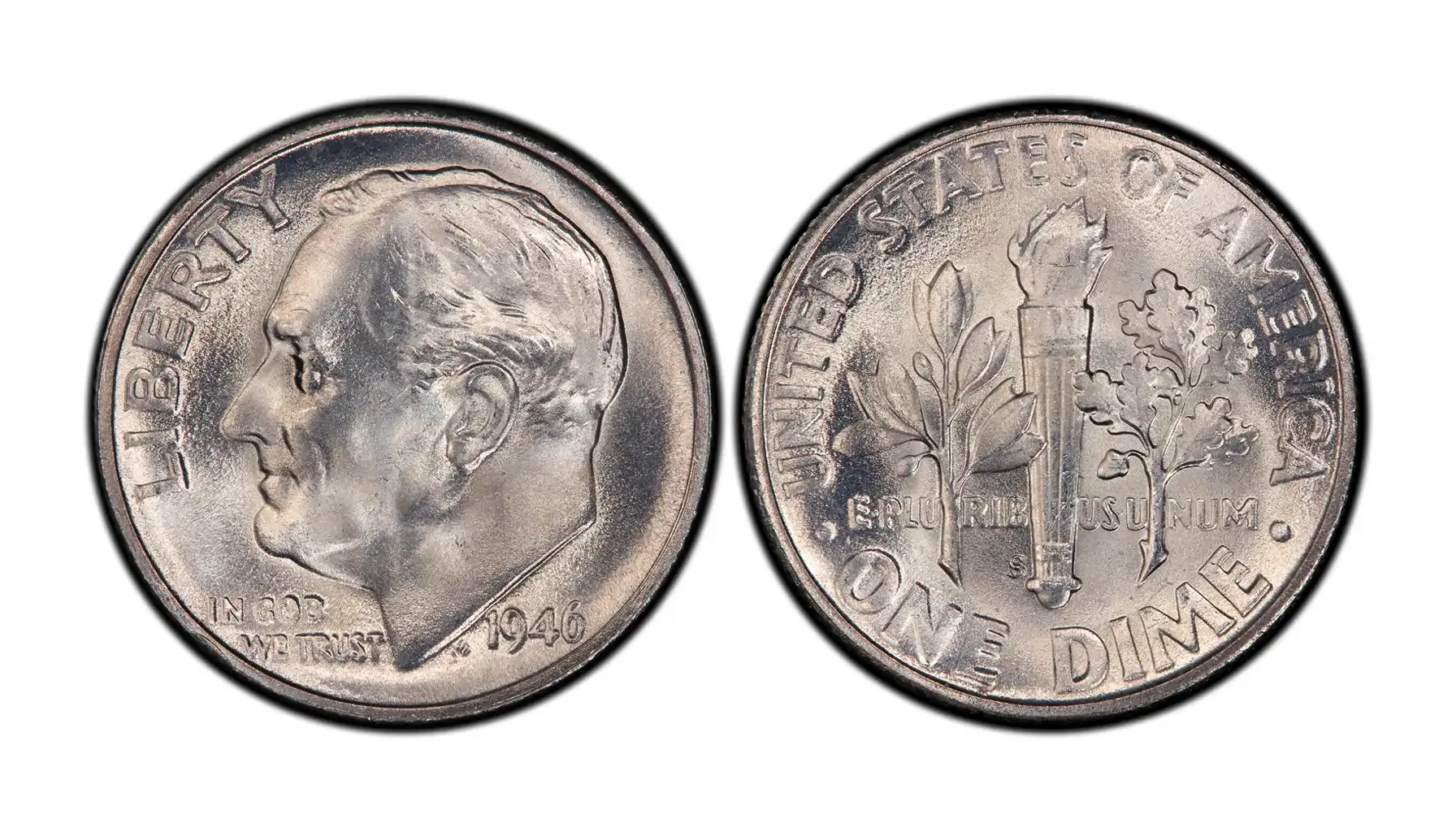
Oak Branch and Olive Branch
When considering who is on the back of the dime, you'll see a torch, an olive branch, and an oak branch, not a person:
Oak Branch: Symbolizes strength, independence and stability. The mighty oak has long been a metaphor for enduring strength.
Olive Branch: As on the previous coins, it symbolizes peace.
Together, the torch, oak, and olive branches on the Roosevelt Dime embody the basic American ideals: a nation that defends freedom and enlightenment (torch), possesses unshakeable strength and independence (oak,) and strives for peace (olive branch). This design reflects the nation's post-war aspirations.
Every day, people google "who is on the dime and nickel" trying to find out more information for their hobby. It's great that in the modern world people find the opportunity to turn to history through hobbies.

